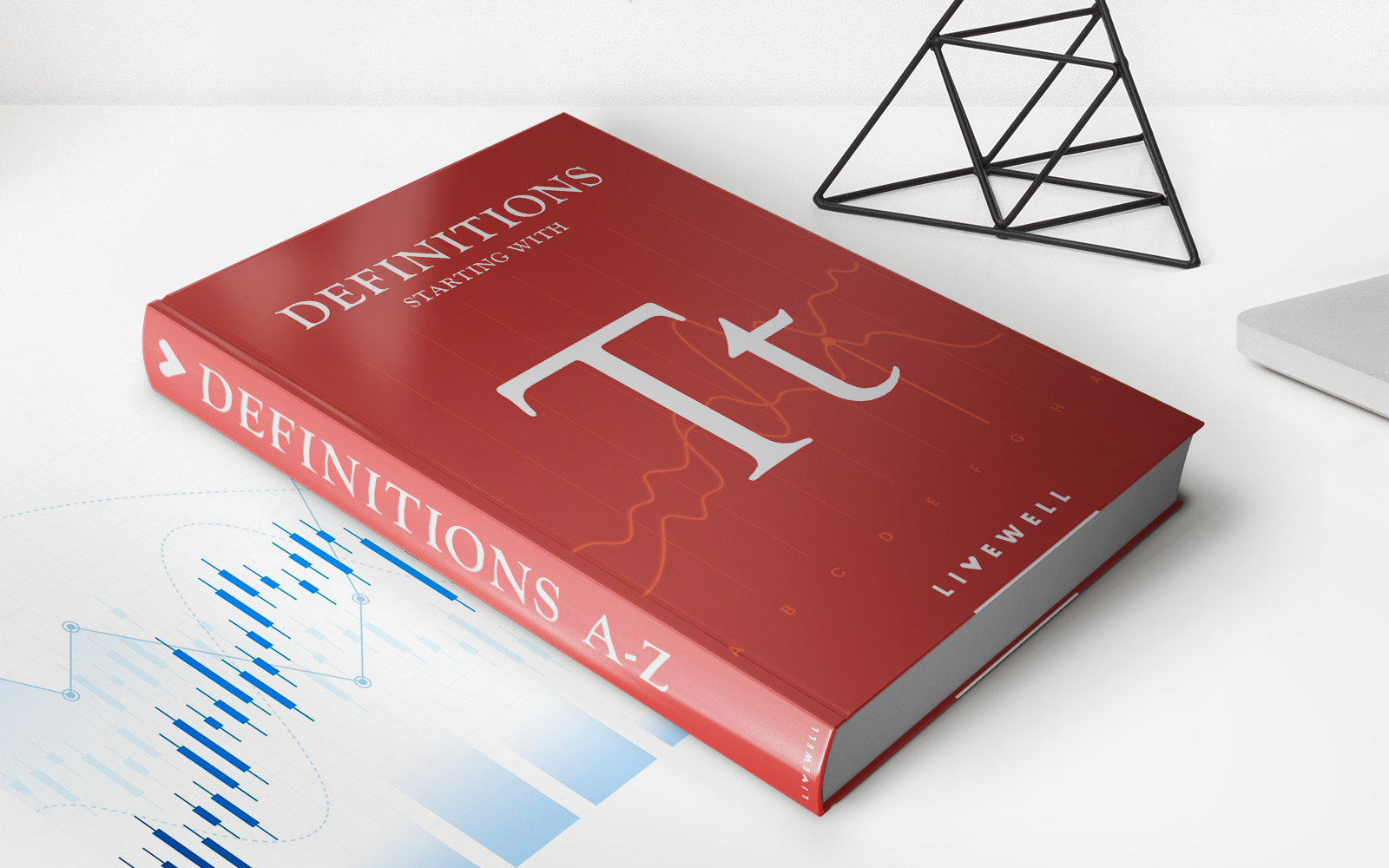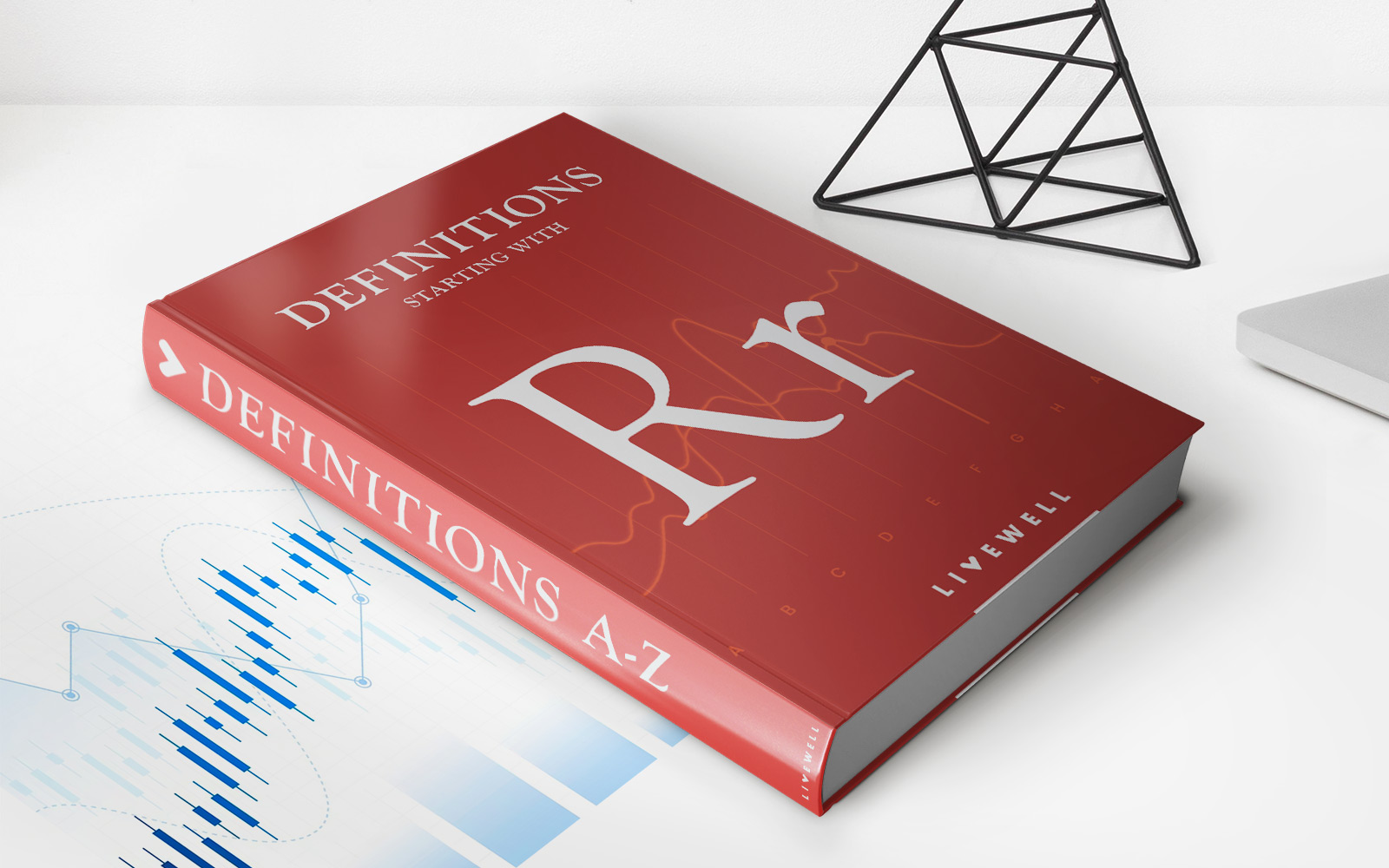Home>Finance>What Are Tranches? Definition, Meaning, And Examples


Finance
What Are Tranches? Definition, Meaning, And Examples
Published: February 10, 2024
Discover the definition and meaning of tranches in finance, along with real-world examples. Gain a comprehensive understanding of tranches and their significance in the financial industry.
(Many of the links in this article redirect to a specific reviewed product. Your purchase of these products through affiliate links helps to generate commission for LiveWell, at no extra cost. Learn more)
Understanding Tranches: A Guide to Managing Your Finances Effectively
When it comes to managing your finances, it is essential to have a clear understanding of various financial terms and concepts. One such term that you’ve probably come across is tranches. But what exactly are tranches, and how do they impact your financial investments? In this blog post, we’ll provide you with a comprehensive definition of tranches, delve into their meaning, and provide real-life examples to help you grasp their importance in the world of finance.
Key Takeaways:
- Tranches refer to individual portions or slices of a financial asset or security.
- Investors can choose tranches based on their risk appetite and return expectations.
Defining Tranches: Diving into the World of Finance
Tranches are a common feature of complex financial instruments such as collateralized debt obligations (CDOs), mortgage-backed securities (MBS), and asset-backed securities (ABS). These instruments are created by pooling together various financial assets, such as mortgages or loans, and dividing them into different segments or tranches. Each tranche represents a distinct level of risk and reward.
Tranches are structured in a way that allows investors to choose the level of risk they’re comfortable with. Typically, the higher the risk associated with a tranche, the higher the potential return. Conversely, the lower the risk, the lower the potential return. This flexibility enables investors to tailor their investments to their risk appetite and financial goals.
Examples of Tranches: Bringing the Concept to Life
To better grasp the concept of tranches, let’s consider a hypothetical example using mortgage-backed securities (MBS). In this example, a financial institution creates an MBS by pooling together several mortgages. The MBS is then divided into tranches based on the risk profile of each mortgage.
Here’s how the tranches may be structured:
- Senior Tranche: This tranche typically has the lowest risk profile and offers the lowest potential return. Investors who choose this tranche are prioritized during the repayment process, meaning they are likely to receive their principal and interest payments first. However, due to the lower risk, the returns are relatively modest.
- Mezzanine Tranche: The mezzanine tranche occupies the middle ground in terms of risk and return. It offers higher potential returns compared to the senior tranche but comes with a slightly higher level of risk. Investors who opt for this tranche have a moderately higher chance of earning more significant returns, but they are also exposed to a higher risk of default.
- Junior Tranche: The junior tranche carries the highest risk among all tranches. It attracts investors seeking higher returns, but they also face a higher probability of losing their investment. In the event of a default or a significant decline in property values, this tranche may bear the brunt of losses.
As you can see, tranches provide a way for investors to choose their desired level of risk and return. By diversifying their investments across various tranches, investors can create a portfolio that aligns with their financial goals while managing their exposure to risk.
Final Thoughts
Tranches play a crucial role in the world of finance, allowing investors to customize their portfolio based on their individual risk appetite and return expectations. By understanding what tranches are and how they work, you can make informed investment decisions that align with your financial goals.
Remember, the world of finance can be complex, but with a little knowledge and guidance, you can navigate it confidently and make the most of your investments.
Have you ever invested in tranches before? Share your experiences in the comments below!














